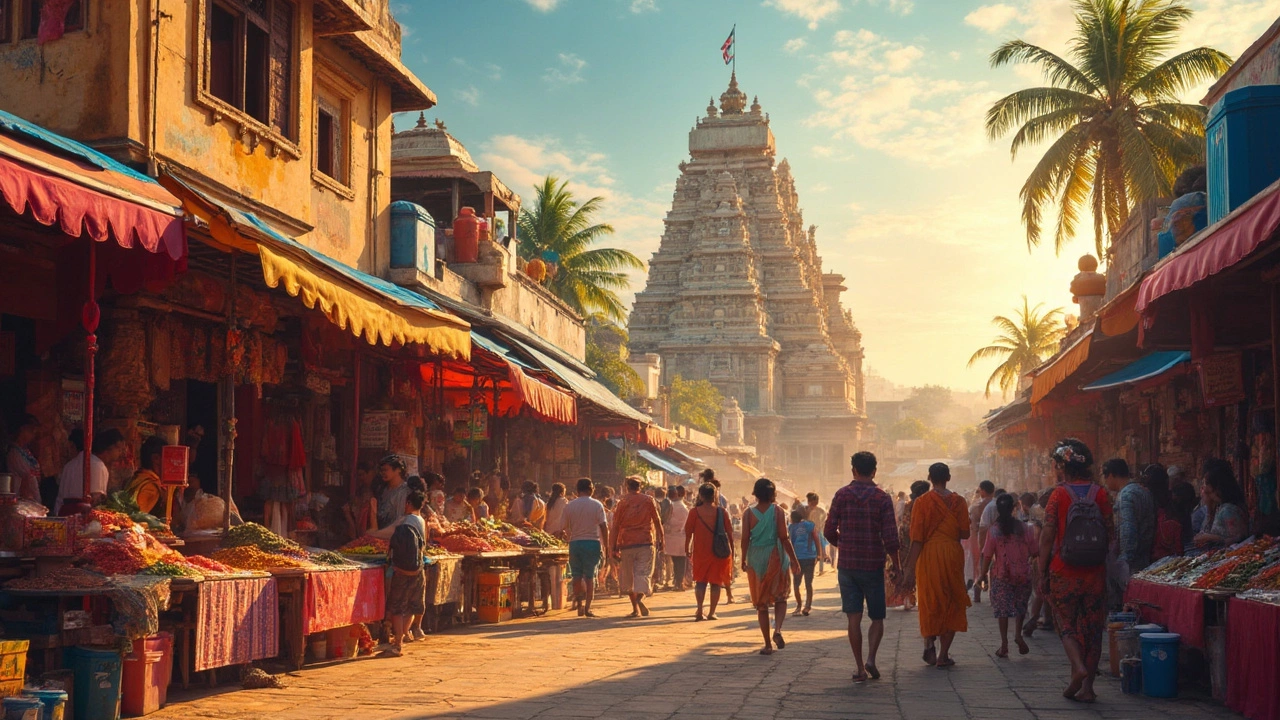Best Month to Fly: When to Book Your India Adventure
When you're planning a trip to India, the best month to fly, the optimal time to book a flight based on weather, crowd levels, and pricing can make or break your experience. It’s not just about finding the cheapest ticket—it’s about matching your travel goals with the country’s rhythms. India isn’t one climate; it’s dozens. The monsoon hits Kerala in June, while Ladakh stays snowed in until May. If you want to trek the Great Himalayan Trail, aim for April–June or September–October. If you’re chasing beaches in Goa, November to February gives you clear skies and cool breezes. Skip July and August if you hate humidity and sudden downpours—most trails close, and roads flood.
There’s no single peak travel season, the period when tourist numbers and prices surge due to favorable weather and holidays that works for everyone. Families often pick December, when schools are out and North India is crisp and dry. Solo travelers and photographers lean toward October, when the air is clear, the hills are green, and the temples aren’t packed. Budget travelers know January to March offers the best deals—hotels drop prices, flights have fewer surcharges, and you’ll get more attention from guides. But if you’re chasing wildlife in Ranthambore or Kanha, late February to April is non-negotiable: the dry season forces animals to gather at waterholes, making sightings almost guaranteed.
Don’t forget the monsoon season, the annual rainy period that transforms India’s landscape but disrupts travel plans. It’s not all bad. Some travelers love the lushness of Kerala or the waterfalls in Meghalaya during July. But if you’re flying into Delhi or Mumbai, expect delays, slippery streets, and canceled tours. Even if you’re not trekking, road trips can turn into slow-motion adventures. The key? Know your destination. The best month to fly isn’t the same for a temple tour in Varanasi as it is for a jungle camp in Bandhavgarh. Below, you’ll find real traveler stories from people who got it right—and those who didn’t. They’ll show you how timing affects safety, comfort, and even the food you eat. This isn’t guesswork. It’s strategy.
